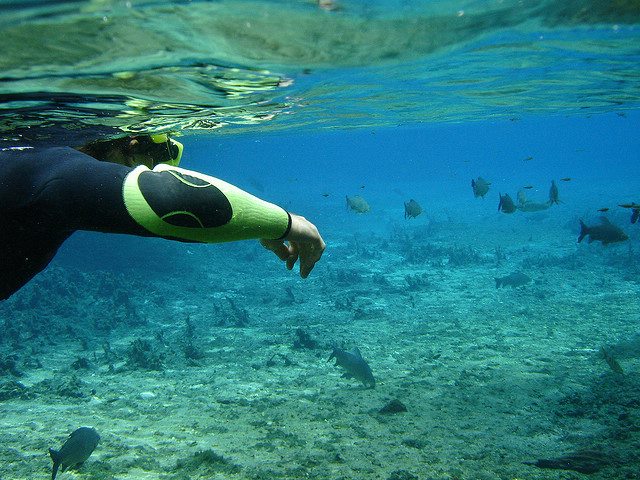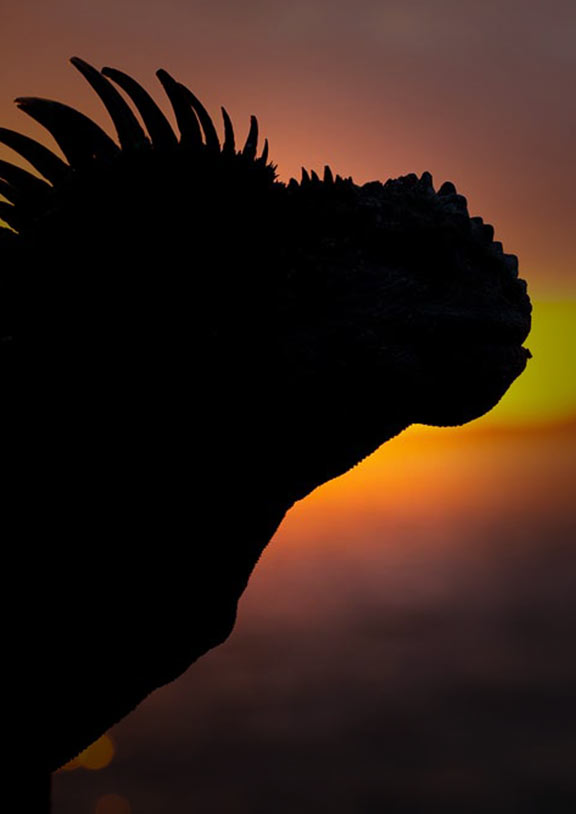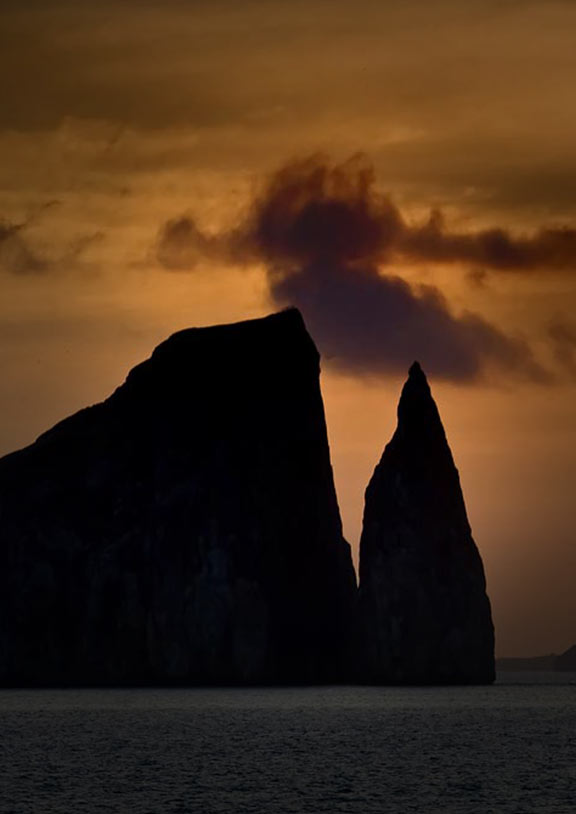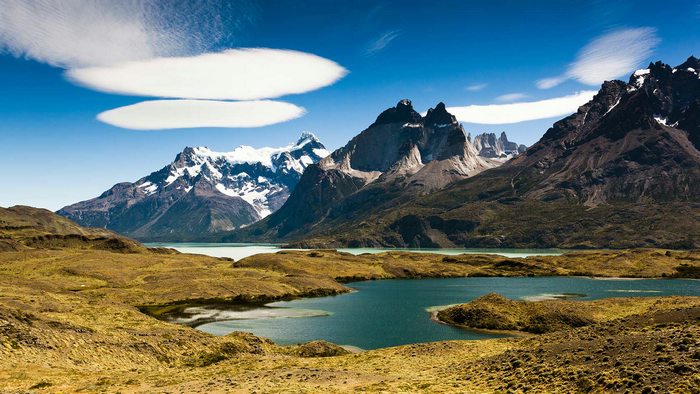August through October, travelers in the northern coast of Peru will be treated to one of the most spectacular wildlife shows on the planet as over 1,000 humpback whales migrate through Peru’s coastal waters.
These enormous mammals will be almost at the end of their 4,350 mile journey from their Antarctic feeding grounds to the warm waters of Ecuador’s southern coast to find a mate and calve. Their courtship rituals include sonorous solos that can last up to 30 minutes and full breaches from the males, while the females prefer vigorous tail slaps as a tactful no thanks to the males’ advances.
Humpback whales can be as long as 52 feet and weigh up to 40 tons, which makes witnessing one of these massive creatures propel their body effortlessly out of the water nothing short of amazing.
In honor of the humpback whales, we have created a list of the top 5 wildlife destinations in all of South America. Even if you miss these spectacular mammals this year, you’ll get a chance to plan some sort of wildlife expedition at some point, right? With a list like this one, you had better.
1. The Galapagos Islands, Ecuador
Famous the world over, the Galapagos Islands are one of the few places that actually exceed travelers’ expectations regarding encounters of the wildlife kind. From giant sea tortoises, dolphins, and seals, to flamingoes, blue-footed boobies, and Iguanas, on your trip to the Galapagos you are guaranteed to see more wildlife than you can count.
One of the destinations most likely to appear on a bucket list and least likely to disappoint, the Galapagos is a wildlife haven set against the backdrop of turquoise waters and volcanic islands making it a must-see destination.
2. Manu, Peruvian Amazon
Located in one of the most biologically diverse regions in the world, Manu National Park is a 3.7 million acre biosphere in the southern Peruvian Amazon Jungle. The park is consistently rated as one of the top destinations on the globe for canopy viewing and holds the world record for the number of bird species seen in one spot during one day. Lucky travelers can find endangered species like Giant Otters and Black Caimans, as well as monkeys, sloths, jaguars, pumas, monkeys, and butterflies. Over 15,000 species of plants and 1,000 species of birds have been recorded here and more discoveries are made all the time.
3. The Pantanal, Brazil
The world’s largest freshwater wetland system, the Pantanal stretches across Brazil encompassing roughly the same space as Portugal and providing a pristine haven for thousands of wildlife species. The main attraction to the Pantanal is that it sustains much of the same fauna as the Amazon, but because of the low foliage, animals are much easier to spot here.
Home to the healthiest population of jaguars in the world, you are most likely to encounter one here in the Pantanal. In addition to the jaguar, numerous endangered species can be found, including the Marsh Deer, Giant River Otter, Hyacinth Macaw, Crowned Solitary Eagle, Maned Wolf, Bush Dog, South American Tapir, Capybara, Giant Anteater, and the Yacare Caiman. If you are a budding, or struggling, wildlife photographer, come to the Pantanal to give your career a boost.
4. Puerto Madryn, Argentina
September through March, half a million Magellan Penguins show up to Punta Tombo in Puerto Madryn to breed and give birth to their young. Incredibly enough, travelers can actually walk among the penguins and study them from just a few feet away. Just don’t try to touch them – they do bite! The waddling little penguins are of course the main draw for travelers, but the 500 acre National Park, while appearing desolate at first glance, is actually teeming with life like ostriches, hares, foxes, cormorants, sea lions, orcas, dolphins, and southern whales.
5. Tortuguero National Park, Costa Rica
If you are a wildlife lover, there are few natural displays that can rival trekking along a tropical beach under moonlight, searching for one of the 700 pound and 4 foot long female turtles that return to this beach every few years to lay their eggs. These turtles often swim over 1500 miles from their feeding grounds to come to these beaches, usually close to the same spot where they were born. 45 to 75 days later, the 100 to 200 new hatchlings will emerge from the sand to make their perilous dash to the sea. While perhaps even more amazing than watching the females lay their eggs, this sight isn’t for the faint of heart. Most of the turtles don’t make it to the sea and are swooped up and eaten by birds or crabs, which can be a tad heart wrenching.
However, when one of the little turtles does make it, and some of them always do, you will feel ecstatic. Costa Rica’s Tortuguero National Park is a 44,000-acre reserve and the largest nesting site for the Green Sea Turtle in the Western Hemisphere, which means if you want to see these turtles, this is the place to do it.

Latin America for Less is a group of travel experts who live, work, eat, and breathe all things South America. Their inspiration stems from a deep appreciation for the beauty and diversity that make this continent so special.






